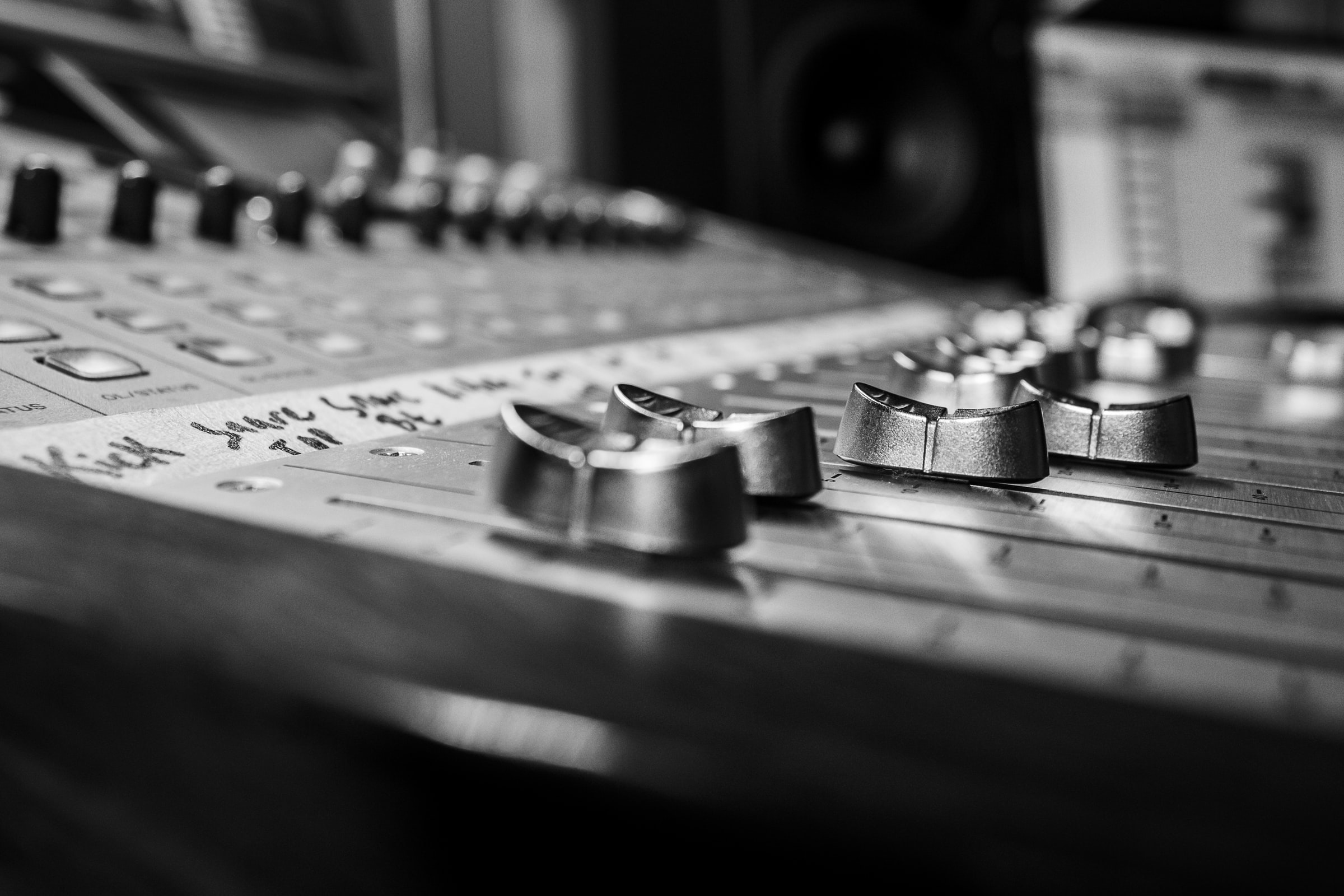In a study by Sixième Son and Harris Interactive, over 50 sonic logos were evaluated on the basis of recall, attribution, differentiation, audience appreciation, and the audience’s opinion as to whether they should remain as the brand’s sonic identity (or not).
Though sonic logo research is a fairly unexplored domain, and is most revealing when it involves analyzing not merely ranking, but the relationship between the brand and its music.
Sixième Son partners with Harris Interactive each year to produce an annual report on the effect that music/sound has on the performance of the brands that are using sonic logos in the marketplace. Our report provides a ranking of the musical brand symbols, and evaluates how each one impacts brand attention, engagement and association.
This year’s report focused on the French market, a highly populated sonic branding environment that provides a diverse test pool. After a preliminary selection by the Harris Interactive research agency, Kantar, more than 50 sonic brands used by the top 100 advertisers were evaluated, both overall and by sector.

HIGH-LEVEL FINDINGS
90% of the best performing brand music was tailor-made, The popularity of a famous licensed commercial track, on the other hand, does not gauge how successful the content will be. On the contrary, brands who used trendy, popular tracks seemed to add more complexity and actually triggered a negative reaction.
Longevity proves key to a sonic brand’s success. 9 out of 10 of the best performing sonic identities have been in use for at least 5 years.
Example:
The SNCF sonic identity is clearly the best performer overall. Its consistent and long-time use is a contributing factor and testifies to the importance of the implementation strategy. It scored highest across all categories, 95% of the French population can recognize the four notes without hesitation and 75% of the audience spontaneously attributes the sound to the brand.
Brands that invest the most on media do not necessarily have the best performing sonic identities. It is not quantity, but quality and strategy, that make a difference.
Example:
Renault is number one in the automotive sector, but not necessarily the biggest spender. It greatly outperforms its competition, particularly in recall and how much it is appreciated by the listener. Finally, the sonic link to the brand’s visual component, the iconic lozenge, has made it a particularly strong asset.
On the other hand, despite its high media spend, we found an anomaly in the telecom sector. Orange leads in recall and the sound’s attribution to the sector. But it falls behind overall, because it has low audience appreciation and attachment scores and weak ability to catch the audience’s attention.
In short, the main lesson is simple. To create engagement and a connection to the brand, the sonic aspect must be treated as a key brand asset. Fitted to the brand, deployed strategically and used consistently over time. Some brands have understood this, but many have a long way to go.
Tribune written by Ella Duda on Linkedin









